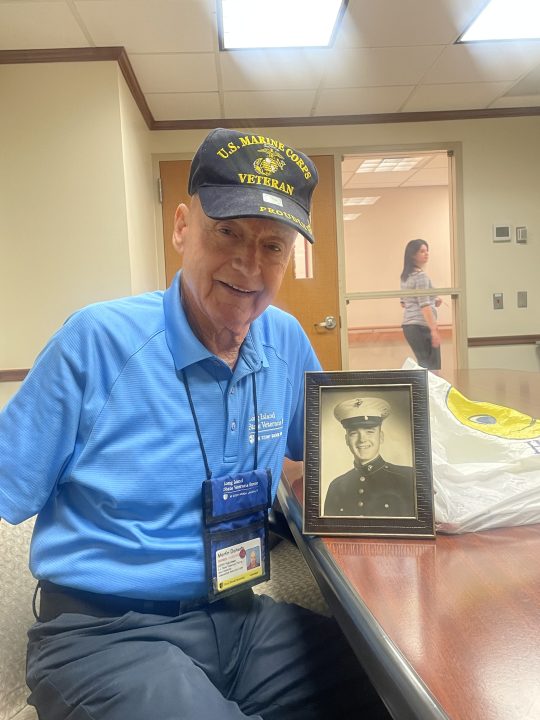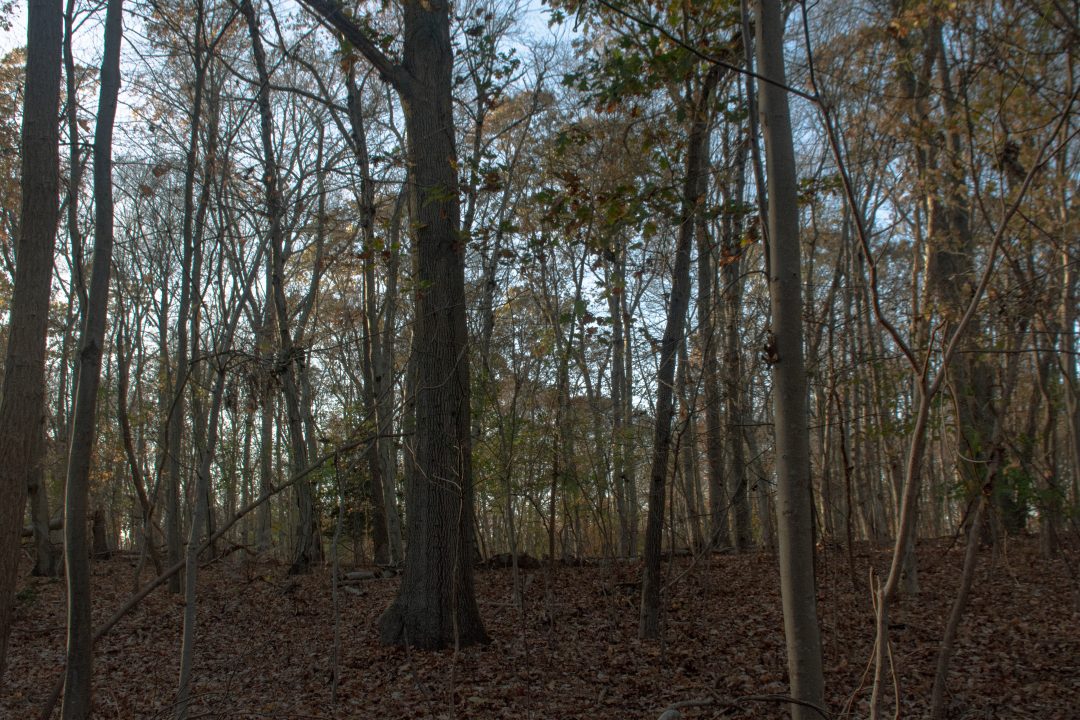
Doctors at Stony Brook Hospital reported a suspected case of coronavirus (COVID-19) to the New York State Department of Health on Feb. 7, a month before the first case was confirmed in Suffolk County.
“We will never really know for sure when it started, where it started, [or] how it spread but there’s no doubt that there were a lot of people who had symptoms consistent with it who were never tested,” Dr. Adam J. Singer, vice-chairman for research at the Department of Medicine at Stony Brook University’s Renaissance School of Medicine, said in an interview with The Statesman.
The first case of COVID-19 confirmed by testing in Suffolk County was reported on March 8. Widespread testing then began on March 18, when several drive-thru sites opened on Long Island, including one in Stony Brook University’s South P Lot. With over 36,000 confirmed cases, Suffolk County is one of the hardest hit counties in the country, according to the Johns Hopkins University School of Medicine COVID-19 map.
The suspected COVID-19 patient showed symptoms of an upper respiratory tract infection and had recently traveled to China, according to Singer. At that point, doctors across the country did not have access to diagnostic tests for coronavirus and could only report their suspicions to their state health department, following CDC guidelines.
“It’s not surprising that identifying this disease was somewhat problematic,” Singer said. He claimed that the hospital was being “overly conservative” at the time by reporting the case to the New York State Dept of Health.
The delay in preventing the spread can be attributed to a lack of early testing and the nature of the novel virus. The majority of people who contract coronavirus are asymptomatic or have mild symptoms. Viruses with low mortality rates are harder to catch until the rate of infection grows significantly, according to Singer.
“It has a lot to do with the type of virus, and the latency period being about two weeks for the onset of symptoms,” Dr. Rolando Valenzuela, Director of the International Emergency Medicine Fellowship at Stony Brook Hospital, said in an interview with The Statesman. “That’s going to delay prompt diagnosis especially with insufficient testing at the start of the outbreak.”
Singer and his colleagues reported their findings to the New England Journal of Medicine on April 13, in hopes of preparing other physicians to stay ahead of the wave of coronavirus cases. The publication included the steps that Stony Brook University Hospital took to restructure their Emergency Department, including sterilizing Personal Protective Equipement (PPE), opening an incident command center and increasing hospital bed capacity.
Microbiologist and professor at the Zucker School of Medicine at Hofstra/Northwell, Joanna M. Willey, said that she believes the coronavirus was circulating in New York as early as February, but said that the medical community did not have sufficient testing to identify the disease. With symptoms mirroring the flu, combined with the lack of testing to distinguish the two, the coronavirus spread undetected for over a month.
“What we can learn as we reopen is if we don’t have the testing in place, we’re just going to repeat essentially what we saw in February and March,” Willey said.
“It’s not unexpected to miss the first cases in a pandemic,” Dr. Betina Fries, chief of the Division of Infectious Diseases at the Renaissance School of Medicine, said in an interview with The Statesman. Based on current mortality rates, Fries said she expected the percentage of those with antibodies to be lower, but that the results from a randomized antibody study are not far from what she expected.
“Even 25% infected is not enough in a population to give you adequate herd immunity,” she said.
As labs and clinics begin offering widespread antibody tests for the general public on Long Island, many are hoping that it will be the key to reopening the economy. Sample antibody testing conducted by the state revealed that on Long Island, 14.4% of randomly sampled people had antibodies. .
Valenzuela said that although antibody testing is necessary to see how many people have been previously exposed, regular diagnostic tests are just as important, “both are really important tools to figuring out and gauging how well our disaster response measures are gone. You can’t have one without the other.”
According to the World Health Organization, there is no evidence yet that having antibodies guarantees immunity to contracting the virus a second time.




















